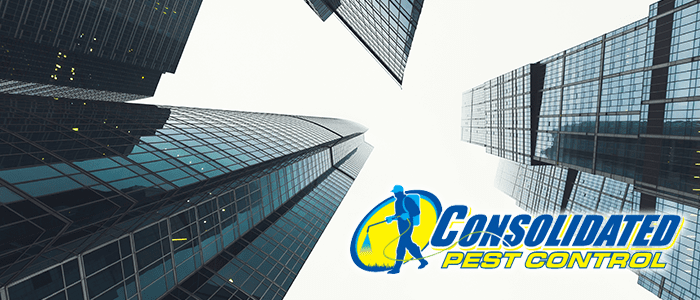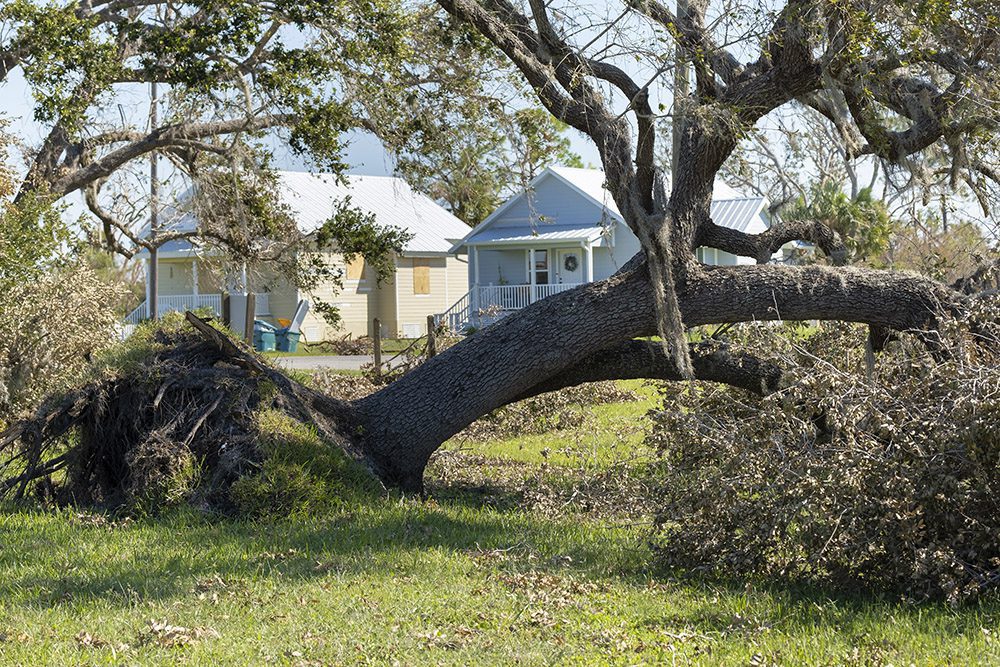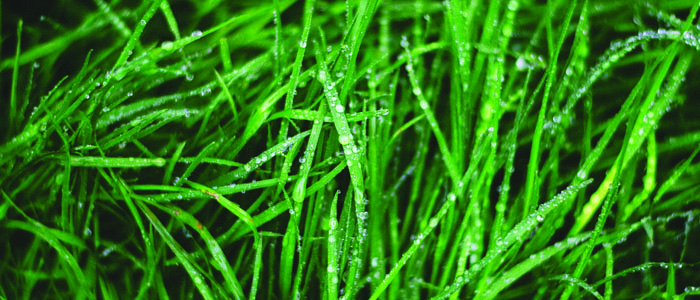
As the climate crisis pushes into emergency territory, many architects and engineers are taking steps to create greener buildings. What better source to draw inspiration from than nature? The critters that we consider pests have innovated and adapted to survive. It turns out that some of their innovations work well for humans too. Read on to learn how animals have inspired amazing works of architecture.
Termite Architecture
The most impressive use of nature’s handiwork may be by Mick Pearce. Pearce, who is from Zimbabwe, looks to termite mounds to learn natural cooling systems. He reportedly saw a termite mound on a golf course and was struck by the system of tiny holes over it.
Termite mounds are impressive in their sheer size. They regularly build towers that exceed 30 feet. If humans built equivalently sized towers, they would be around 3,600 feet tall. To compare, the tallest building in the world, the Burj Khalifa, is 2,717 feet tall.
Pearce was not solely struck by their size, but the chimney holes that peppered the mound. He suspected, and studies have confirmed just how essential these passages are. Termites instinctively devise the system that creates an ideal environment for their colony. The holes pass hot air out the top of the mound so cool air stays at the bottom. This natural cooling is important for Zimbabwe, where they have unlimited heat, but issues with fuel supply.
The architect used this inspiration to design a building called the Eastgate Center in Zimbabwe. The final design uses a collection of fans that push cool air upward through air conditioning-esque ducts. This cool air pushes hot air out from each floor and up a chimney. This way the entire building is cooled from the bottom up.
Frog & Beetle Architecture
Other architects are also finding inspiration from animals that most people consider pests. Pravin Bhiwapurkar teamed up with biologist Daphne Fecheyr-Lippens to build an energy-conservation model. They modelled their potential building after a typical three-story building in Chicago.
First the pair looked at the African reed frog, which resides in extremely bright and hot climates. This frog is usually a grey or beige color when it is in its natural environment. However, when the temperature gets too high, the frog changes color. It shifts from its natural beige to a bright white. This white color reflects sunlight away from its body. This process keeps the frog’s body temperature from getting too high.
Additionally, they turned to a species of beetle called the Hercules beetle. They have an outer layer of skin with a layer of pores beneath it. These pores help the Hercules beetle because it is from a highly humid climate. Those pores absorb moisture in the air to prevent the increased humidity from raising the beetle’s body heat.
These adaptations can be applied to buildings to make them much more energy efficient. The model simply includes a hydrogel layer between the outside layer of reflective material and the inside of the building. These biomimicry techniques reduce energy usage by as much as two thirds.








